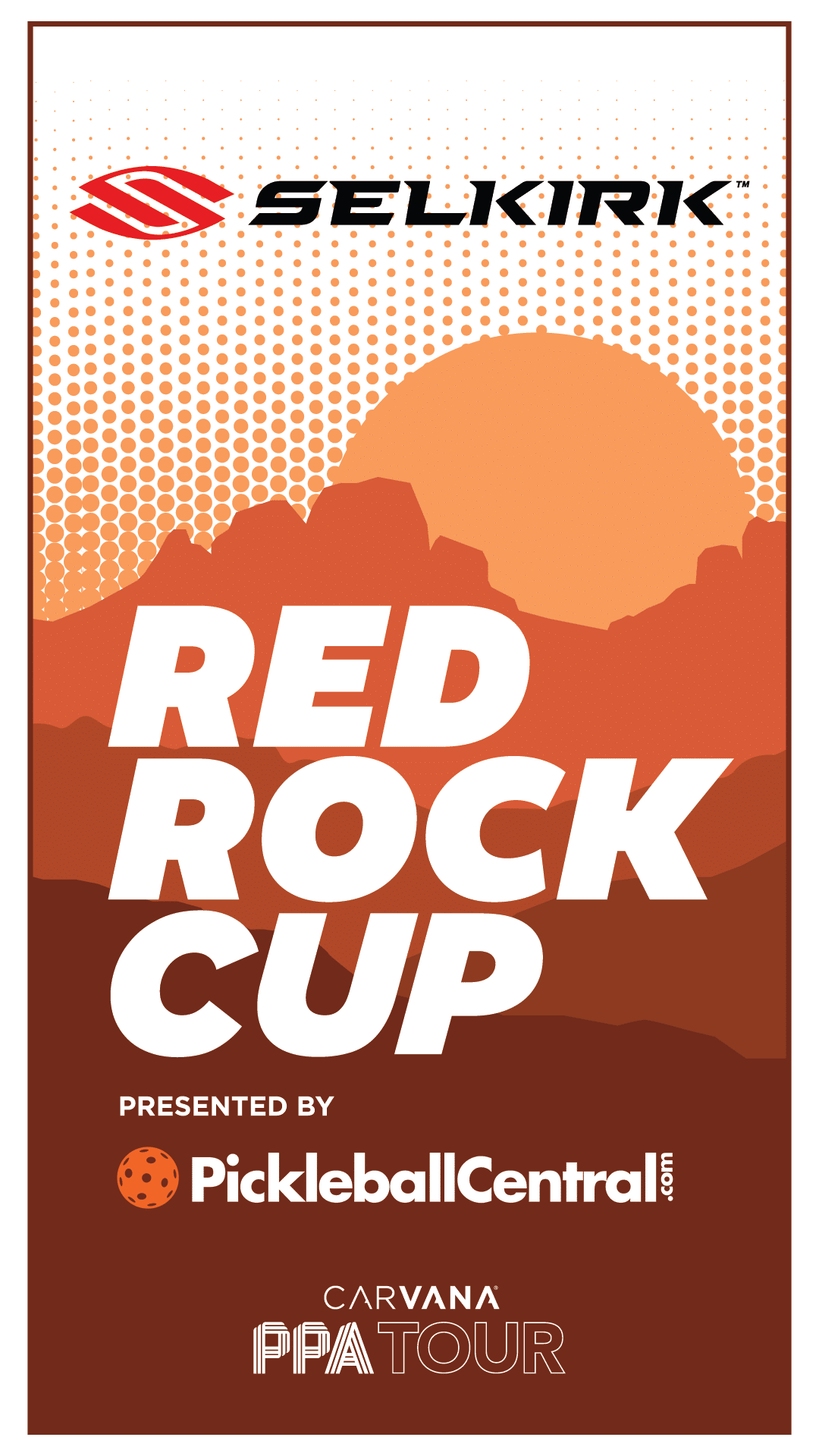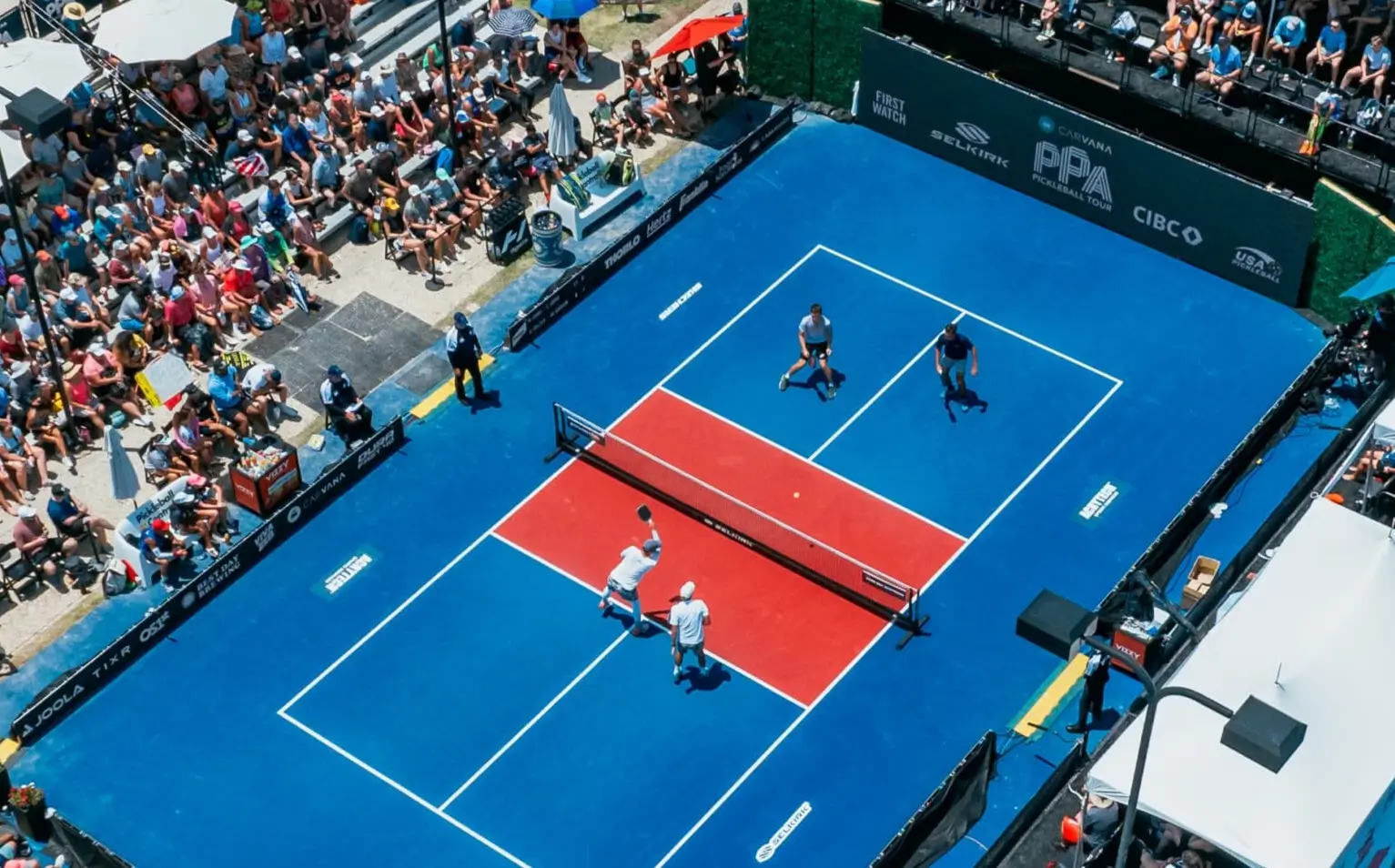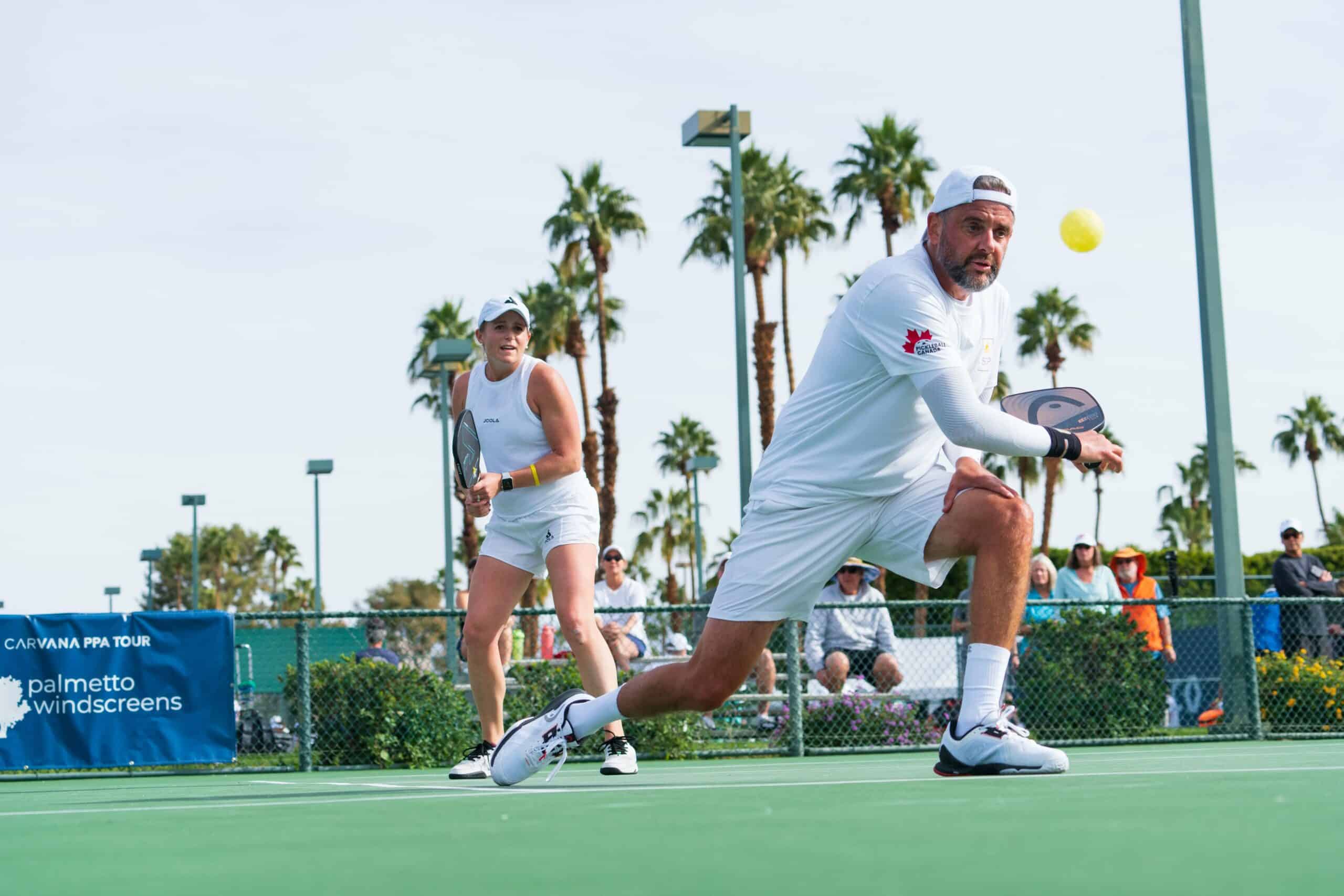How to Choose a Pickleball Paddle
| July 11, 2023

You’ve seen every paddle out there. Every brand, every color, shape, and size.
The pool is wide and deep, and it’s hard to know how to choose a pickleball paddle.
Engage or Gearbox? Electrum or Vulcan? Selkirk, Paddletek, Onix, Prince, or JOOLA? There’s definitely something out there for you, but before you decide which brand to go with, you need to figure out what suits you best.
Think of it this way: there are a mindboggling number of cars on the market, but they all do essentially the same thing. Your most important decision is to figure out what you want before you choose the make and the model that will be optimal for you.
“Paddles are very personal,” said Ben Paquette, pickleball pro and instructor at Brookhaven Country Club in Farmers Branch, Texas. “As players, we like a paddle that feels right, that responds to what we want to happen and gives us a good amount of confidence when we step onto the court.”
And that’s the thing, just like when you sit behind the wheel – does it feel right? Are you comfortable? Does it make you comfortable and confident you can get from Point A to Point B? If so, that’s the start, but not the finish.
So, get a feel for a few paddles and see what’s right for you. And the feel of a paddle is just that. How does it feel? What’s the grip situation?
You wouldn’t want shoes that don’t fit your feet, so don’t choose a grip that doesn’t fit your hand. A paddle with a larger grip may help relieve pressure on your arm and elbow as it’s difficult to grip tightly around something thicker, but then again, if you’re not gripping it strongly enough, it could slip. Paddles with a smaller grip gives you a sense of control, but a smaller grip might lead to you holding the paddle too tightly, thus causing you to hit the ball harder and have less control.
“Grip size should be a factor of comfort and health, as the wrong size can lead to injury,” Paquette said. “Make sure the grip is a good width so as not to grip the paddle too tight, otherwise you may end up aggravating soft tissue in your forearm.”
Think about holding the paddle like an ice cream cone – not too tight to bust it, but not so loose that it slips out of your hand. Can you achieve that with the paddle you’re holding? If so, you’re off to a good start.
Now, let’s talk weight. Most paddles weigh between 7-9 ounces and the weight of your paddle needs to work with your playing style. If you like to drive the ball, hit the ball hard, and generally are prioritizing power, something heavier is probably the right approach. If you’re interested in control and finesse, something lighter is a better option. The lighter the paddle, the faster your hands are going to be. Again, the right answer isn’t the same for everyone. If it feels good when you swing it, then it’s not a bad place to start.
How about shape? Paddles come in all sorts of different shapes these days. Want more reach, choose something a bit more elongated. If you’re looking for more control, something a bit wider is the right answer. Remember, you’re likely giving up some inches on the sweet spot in the center if you choose a longer paddle. However, you’re likely giving up some reach and spin possibilities if you choose something wider. Wider paddles also encounter more air resistance during the swing trajectory which slows the paddle down.
The thickness of the paddle also matters and generally ranges between 10-16mm. A thinner paddle will offer more power since the material is generally more compact. A thicker paddle will offer more control. If you’re trying to slow the ball down and want to play a softer game, look for something thicker as it will absorb the pressure of your opponent’s shot. Thinner doesn’t mean you can’t play a slower, softer game, but oftentimes using something with a little more give (which is created by the extra layers of material found in a thicker paddle) can help. Just make sure the thickness doesn’t make the paddle too heavy for you to maneuver.
Price matters. Obviously. There are options from extremely cheap to ultra-expensive. “I will tell you that performance usually comes down to the user rather than the equipment used,” Paquette said. “But personally, I haven’t seen a paddle I like for less than $60.”
The ultimate decision-maker for you should be your confidence level when you hold the paddle. How does it feel in your hand? Paddle manufacturers know this, too, so do some research and try some out before you buy. Pickleball Central has a great demo program that allows shoppers to try paddles out for 30 days. Take that paddle for a test drive.
“Hey, even if you just like the look, get the one you like,” Paquette said. “If it’s inexpensive, then it can be a great loaner paddle for your friends. If you want to use something at the top, buy that one, too. Confidence is everything. The main thing is to start hitting balls with the paddle.”
To compare 80+ paddles using an easy chart and learn more about their differences, have a look at Pickleball Central’s paddle guide.




